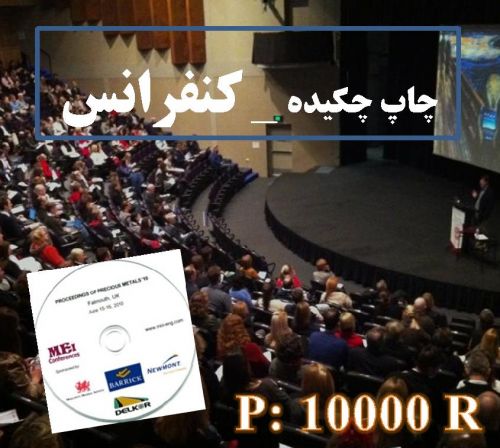Introduction: Invasive candidiasis including, candidemia, candiduria, and Candida meningitis are the severe opportunistic fungal infection with an overall mortality in neutropenic patients. Neutropenic patients by suppressing the production of neutrophils and chemotherapy are exposed to a wide range of infection especially infection due to Candida species. Biofilm formation is one of the known virulence factors of Candida albicans and some the non‐albicans specie. Biofilm producing Candida species are significantly less susceptible to antifungal agents and act as the reservoir of organisms in human body. The aim of the present study was to detect biofilm formation in Candida species recovered from nutropenic patients (urine and oral cavity) Materials and Methods: In this study 90 isolates of Candida species including; C. albicans (49, 54.4%), C. krusei (17, 18.9%), C. glabrata (9, 10%), C. tropicalis (7, 7.8%) and Candida species (8, 8.9%) were isolated from nutropenic patients. Biofilm formation measured using standard routine tests (polyester 96 wells microplate) using RPMI 1640 culture medium and was quantified by the percent transmittance (%Tbloc) method . Results: Our study shows that the proportion of high biofilm producers (% Tbloc, ≥35) in isolates was 82.2%. Biofilm formation at % Tbloc lower than 20 was only detected at 4.4% of the isolates of C. albicans. The lowest potentially for biofilm formation was found in one isolates of C. albicans % Tbloc, 10.8.( Conclusions: It is concluded that all Candida isolates recovered from nutropenic patients have potentially biofilm formation. In addition high biofilm formation was observed at 82.2% of isolates .
کلید واژگان :Biofilm formation, Candida, Neutropenic patient.
ارزش ریالی : 200000 ریال
با پرداخت الکترونیک
جزئیات مقاله
- کد شناسه : 7145916383252687
- سال انتشار : 2015
- نوع مقاله : چکیده مقاله پذیرفته شده در کنفرانس ها(فایل کامل مقاله بارگزاری گردد)
- زبان : انگلیسی
- محل پذیرش : Internation congress on blood; diseaes and cloinical administrations
- برگزار کنندگان : دانشگاه علوم پزشکی یاسوج
- تاریخ ثبت : 1395/01/09 15:47:12
- ثبت کننده : علی زارعی محمودآبادی
- تعداد بازدید : 323
- تعداد فروش : 0
